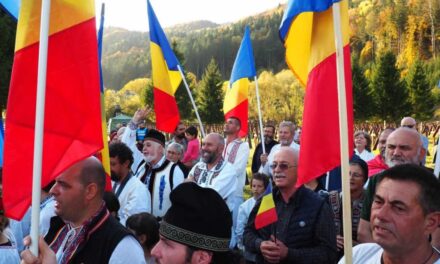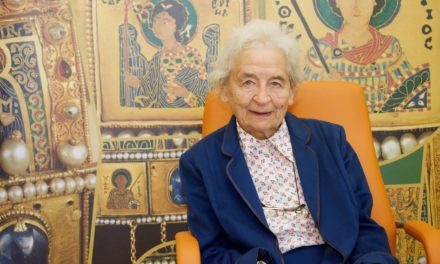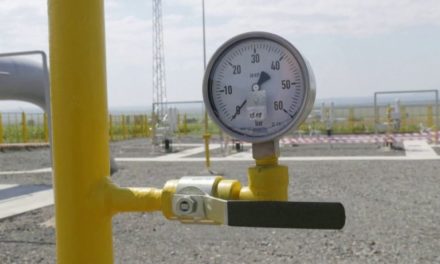In addition to the national cemetery in Túrócszentmárton, they also want to declare another cemetery in the capital a national cemetery. The coalition parliamentarians (16 representatives from the Sme rodina and OĽaNO parties - including Gábor Grendel) want to achieve this by amending the law on subsidies and the capital under the competence of the Ministry of Culture.
The most important argument is that the national cemetery in Túrócszentmárton is full, so the one in Bratislava could be its continuation. However, the people of Túrócszentmárton dispute this and claim that they have more plots of land, an area of 90,000 square meters. At the suggestion of the city representatives, a petition was launched (already signed by 3,000 people) in protest against the bill, which, according to them, would set a precedent if it becomes law.
It is not the first time that the András cemetery has been declared a national cemetery. The idea comes from the Minister of Environment Ján Budaj (OĽaNO). In 2018, he proposed the amendment to the law as an opposition representative, which was signed two years ago by Igor Matovič and Eduard Heger.
The mayor of Túrócszentmárton, Ján Danko, and the National Cultural Council categorically reject the draft.
"There can only be one national cemetery in Slovakia. The Bratislava cemetery is a national monument, thanks to which the city of Bratislava should have no financial problems regarding its maintenance, as regards its operation and the restoration of historical tombstones and monuments. Not to mention the fact that there are many cemeteries in the country, older than Bratislava, which could also apply to raise their status. Therefore, we consider the declaration of the András cemetery a national cemetery as a precedent," stated Martin Lechan, chairman of the Túrócszentmárton cultural committee and member of the National Cultural Council.
German and Hungarian graves still dominate
The local historian does not dispute that there was a political intention in the destruction of the graves, namely to transform the image of the old German and Hungarian Bratislava, "but despite this, the German and Hungarian graves still dominate," he said.
The cemetery was declared protected, it is under the care of the City Gallery, the graves are constantly being repaired little by little, one or two graves a year. However, it is constantly vandalized by vandals, collectors of non-ferrous metals regularly appear, and tombstones are broken every year due to soil subsidence, the local historian reported.
"Due to its nature and history, it would not be right to make it a Slovak national shrine. This is the cemetery of the old people of Bratislava, Hungarians, Germans and Slovaks are buried here without distinction of nationality, which is not a Slovak national place. This would certainly change the character of the cemetery"
Mihály Brogyányi thought.
A surreal reality
Although there is no reason to doubt Ján Budaj's good intentions, it seems that 30 years after the regime change, something similar to the liquidation policy of the autocratic regime would happen with the declaration of St. Andrew's Cemetery as a Slovak national cemetery. A surreal image: the new Slovak national cemetery built on the graves of the old Bratislava citizens. Instead of preserving the remaining historical graves as a story to be told to posterity, they are building a new Slovak national identity on the ashes of Germans and Hungarians...
The full article HERE .
Cover image: emlekhelyek.csemadok.sk












